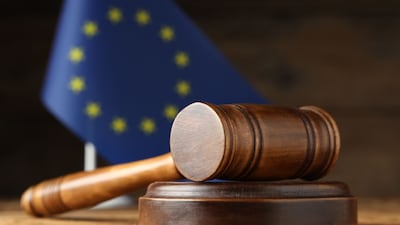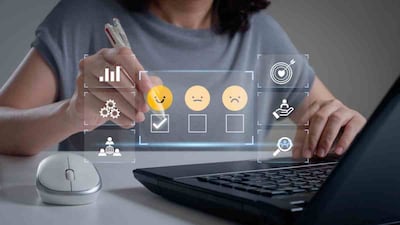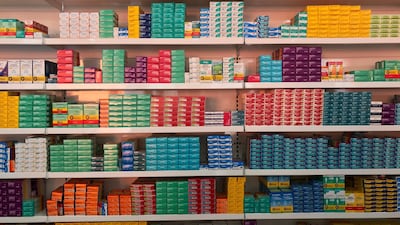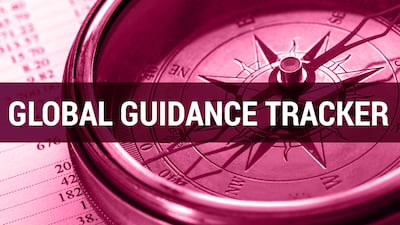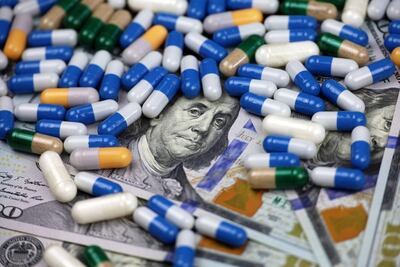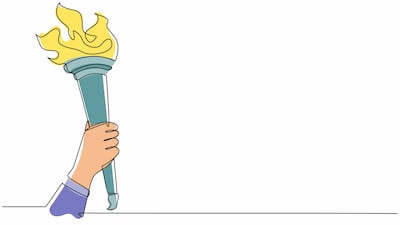
COLIPA UV Simulator Standards Sought For FDA Sunscreen Reg - Petition
The OTC sunscreen monograph should be amended to include the adoption of the European Cosmetic, Toiletry & Perfumery Association's standard for solar simulators used in sunscreen testing, Rapid Precision Labs states in a June 29 citizen petition. Solar simulators mimic the spectral risk of natural sunlight and are used to ascertain the efficacy of sunscreen products.
More from Archive
Advanz Pharma would have had to show that the European Commission’s decision to revoke Ocaliva’s conditional marketing approval risked causing serious and irreparable harm, according to lawyers from Van Bael & Bellis.
This is your final call to participate in the survey to better understand our subscribers’ content and delivery needs. The deadline is 20 September.
We are conducting a survey to better understand our subscribers’ content and delivery needs. If there are any changes you’d like to see in coverage topics, article format, or the method in which you access the Pink Sheet – or if you love it how it is – now is the time to have your voice heard.
A new pilot aims to take Brazil closer to ‘digital transformation.’
More from Pink Sheet
Stay up to date on regulatory guidelines from around the world with the Pink Sheet’s Guidance Tracker. The complete Global Pharma Guidance Tracker, with sortable and searchable listings going back to 2014, is available online.
European health systems already pay far too much for new medicines and payers will not accept higher prices to compensate for lower US prices, according to Anja Schiel, from NOMA, the Norwegian health technology assessment body.
In a somewhat surprising move, President Trump’s Federal Trade Commission is continuing a crusade to delist improper listings from the FDA’s Orange Book. Law firm Polsinelli’s chair Chad Landmon discussed the impact of the move on the generic drug industry.
